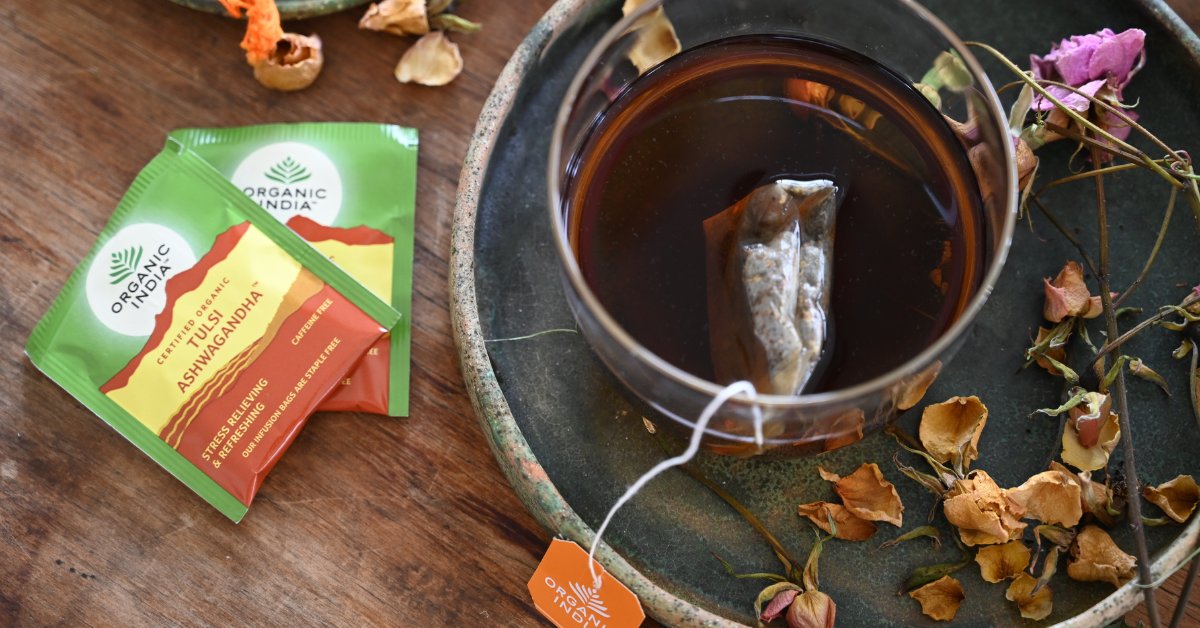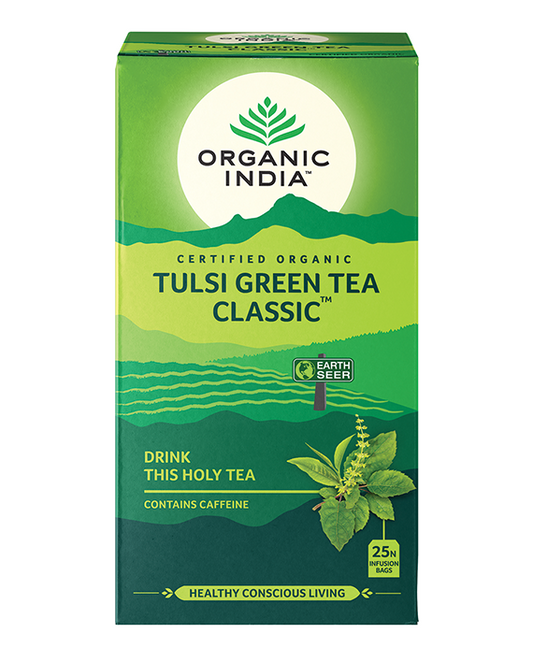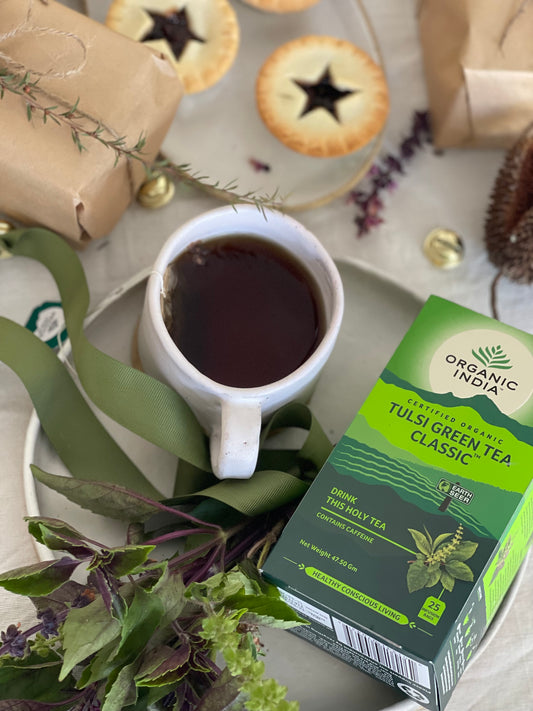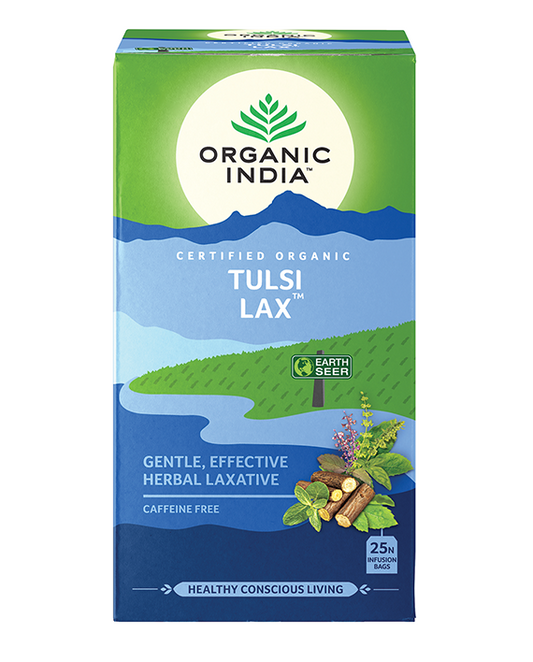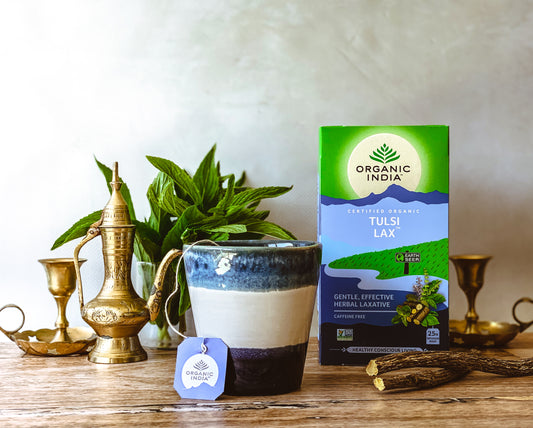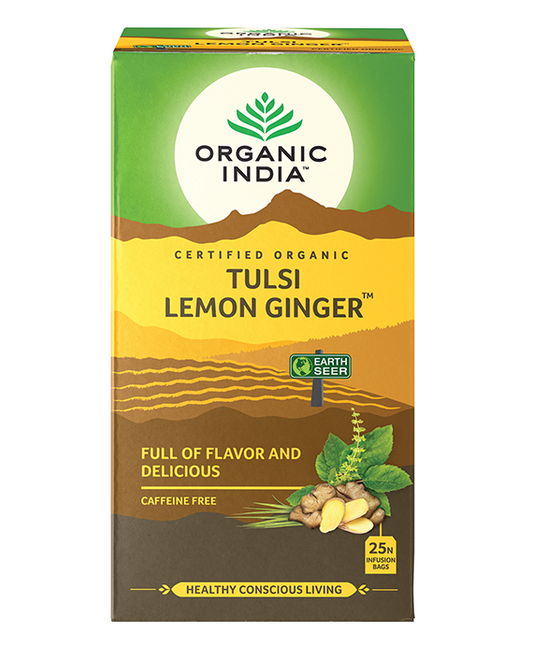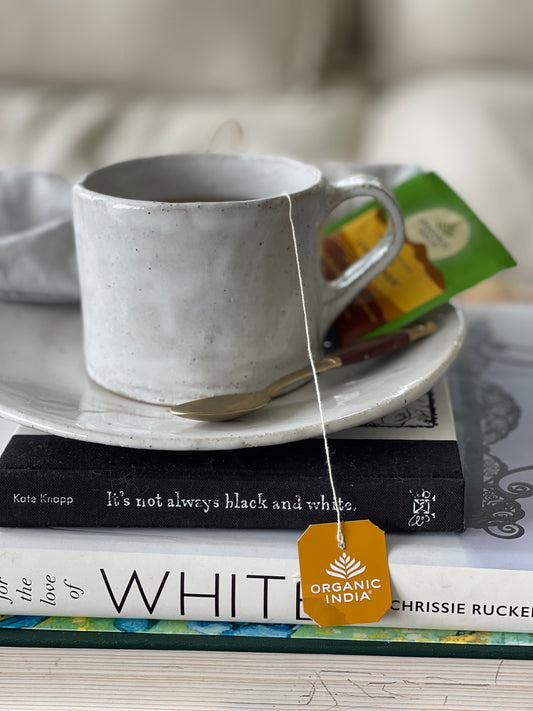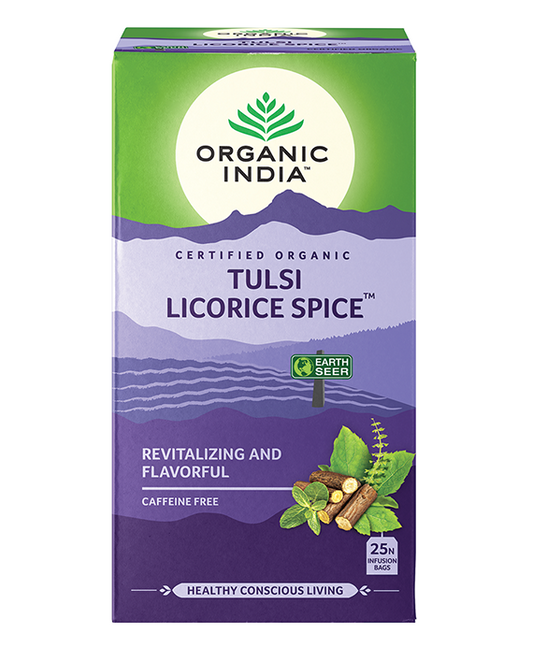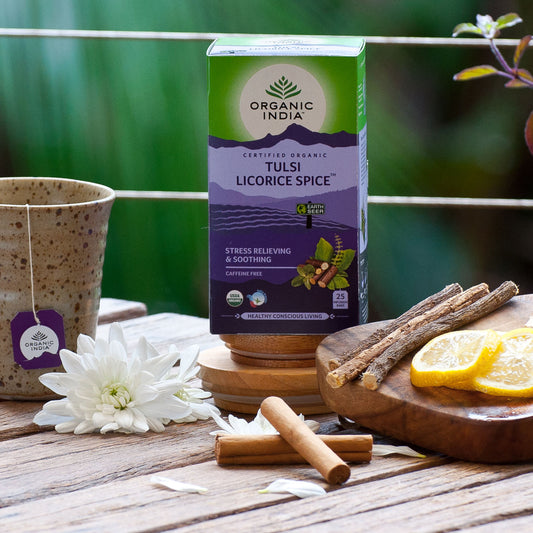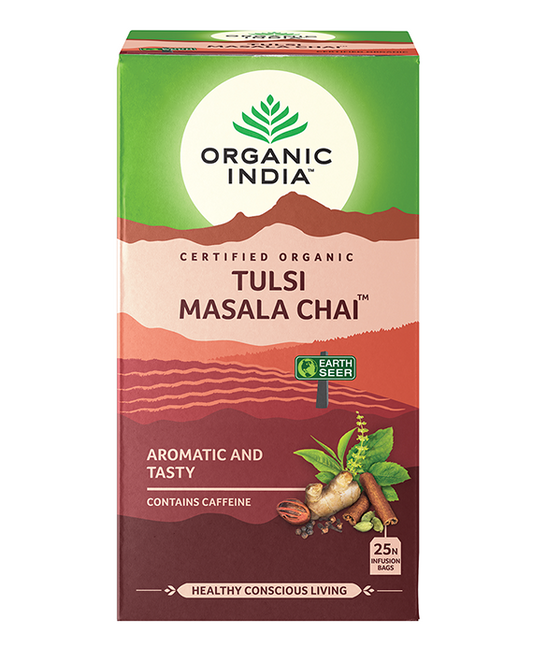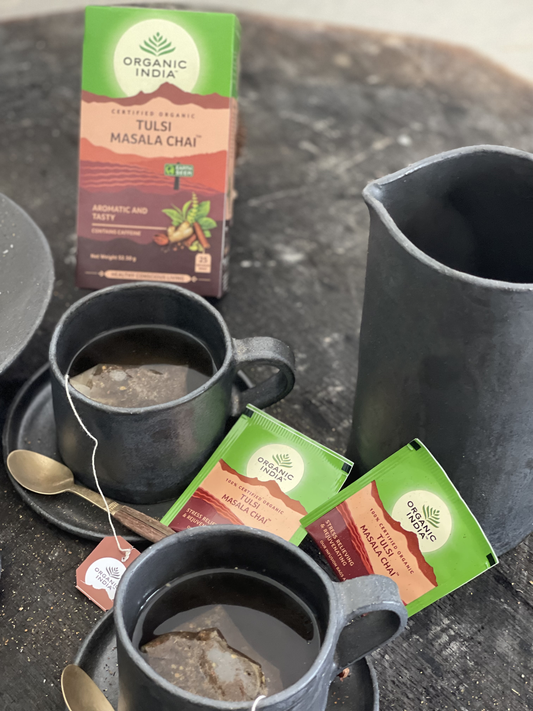Of all the herbs and plants in the Ayurvedic pharmacopoeia, few are as versatile and useful as Tulsi, also known as Holy Basil. This plant that has long been considered sacred in Indian religious and cultural ceremonies, as it features properties that are adaptogenic, antifungal, antibacterial, and immune-enhancing. And for those who embrace natural method for health and self care, Tulsi’s topical uses add a whole new dimension of use.
Many in India consider Tulsi a necessity for household devotions. In Hindu lore, Lord Krishna and his devotees deemed Tulsi a sacred plant. To this day, some Hindu sects use the black soil from beneath the Tulsi plant to create Shiva’s image in the god’s worship ceremony. Frederick J. Simoons, author of Plants of Life, Plants of Death, noted that a house with a Tulsi plant in front of it is a place of pilgrimage and that the wind that carries the aroma of Tulsi spreads purity wherever it blows.
“Salvation,” wrote Simoons, “is assured to the person who waters and cares for the plant on a daily basis.” Tulsi also graces the most sacred shrines of India and is found in front of Vishnu temples as well as along the banks of the holy Ganges at Benares (Varanasi) where Hindus, Buddhists and Jains come to worship. The care and worship of Tulsi has long been regarded as religious duties. Vaishavas (adherents to a denomination within the Hindu tradition) consider Tulsi as “the manifestation of god in the vegetable kingdom.”
The love and devotion for Tulsi throughout India is ubiquitous, owing to the plant’s symbology and great versatility. Like no other plant, it brings together mind, body, and spirit.
Topical Uses of Sacred Tulsi or Holy Basil
While using Tulsi in religious ceremonies and as a tea are ancient practices, equally as important are its age-old topical applications. In the Journal of Ayurveda Integrative Medicine, Marc Cohen reported, “The medicinal properties of Tulsi have been studied in hundreds of scientific studies including in vitro, animal and human experiments…” and Tulsi’s “broad-spectrum antimicrobial activity, which includes activity against a range of human and animal pathogens, suggests it can be used as a hand sanitizer, mouthwash and water purifier.”
Tulsi essential oil has also been scientifically shown to be effective against selected microbial pathogens. There are more than fifty compounds that have been identified in Tulsi leaves, flower spikes, or essential oil, and three of these are directly responsible for this activity: camphor, eucalyptol, and eugenol. Since the bacteria S. aureus (including MRSA), P. aeruginosa, and E. coli are major pathogens causing skin and soft tissue infections, Tulsi essential oil has been studied and lauded for its value as a topical antimicrobial agent for the management of skin infections caused by these organisms.

Tulsi and Beauty
In his review of traditional Indian herbal plants, pharmacist Debjit Bhowmik reported that Tulsi is a natural beauty enhancer, with many Indian women incorporating it into their daily self-care rituals. Bhowmilk noted that applying Tulsi powder may lighten or remove aging and dark-pigmented spots from the face. Similarly, a paste made with Tulsi is used for leucoderma, a health issue of unknown cause, characterized by de-pigmentation of the skin. “For natural freshness,” Bhowmilk instructed, “boil water with Tulsi leaves or powder and lemon juice. Cover your head with a towel, and refresh your face with the emanating steam.” Tulsi is used as both a cleanser and blood purifier — the latter of which is an important facet of Ayurvedic health.
Making a paste with Tulsi for topical applications may be performed with a variety of ingredients. Long-time practitioner and researcher Larisa, whose articles appear in her website, suggests multiple topical uses for Tulsi:
- As a tea — protects against greying hair
- As a cleansing powder — in conjunction with other herbs, dried and powdered Tulsi can be used mixed with chickpea flour or clay and water as daily skin cleanser.
- As a scrub — Mix Tulsi powder with aloe vera juice, milk, or cream.
- As a lotion for dry skin — use sesame or avocado oil enriched with Tulsi.
Priya Prakashan, who covers beauty and fashion for India.com, wrote that to make a brightening face mask, mix equal parts of ground or dried Tulsi with milk. Apply the paste to the face and neck for 20 minutes before scrubbing it off. This mask has a skin-lightening effect.
To make an anti-acne face mask at home, Prakashan suggests taking a bunch of Tulsi and neem dried powder or leaves and grinding them together to make a paste. Then, she says, add a few drops of freshly squeezed lemon juice and apply this on the acne. Once the paste dries, rinse it off with water and pat dry. A similar application can be made in the form of compresses with the liquid tea. This one-two punch supplies much-needed antibacterial, antifungal, and anti-inflammatory ingredients. Plus, Tulsi provides the additional benefit of supporting a healthy immune response to acne (as well as other) scars.
Lastly, we can add to these DIY at-home skin treatments a simple recipe for using Tulsi tea as an antiseptic facial and neck toner — a refreshing alternative to harsh alcohol-based products meant to close pores and tighten the skin. To make your own Tulsi skin toner, add a few leaves of Tulsi to boiling water. Once it cools, strain and add an equal amount of the infusion to rose water. Spray it on your face using a bottle with a spray nozzle. For maximum potency, make a fresh batch every three days, and store it in the refrigerator.
Bugs and Bites
The Plant Cultures project of the Medicines and Healthcare Products Regulatory Agency (MHRA) of the United Kingdom has reported that Tulsi has had positive topical action on eczema, ringworm and insect bites. The oil from Tulsi acts as a natural antiseptic, as well as an anti-inflammatory. According to Botanical.com, Tulsi has been used to treat snake bites — including those of poisonous snakes — when all parts of the plant are either ingested or combined with other plants to form a paste that’s applied to the region.
Plus, like those who swear by citronella, residents of the Asian subcontinent often put Tulsi leaves into bowls of water outside their homes and in their bath water to ward off a multitude of insects.
It is no wonder the earliest peoples of India celebrated the Tulsi plant once they discovered it. To reap the most benefits from the plant, you can embark on a do-it-yourself adventure, creating a number of natural remedies out of simple ingredients from your kitchen.
